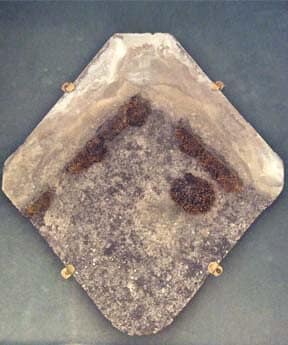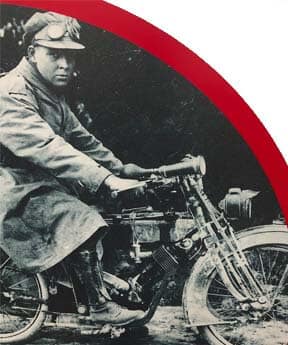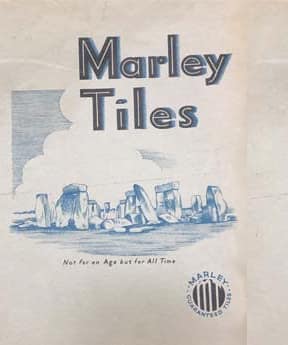Owen was born on the Isle of Wight in 1876. As he grew up he joined his brother as a plasterer and together they plastered houses being built in the expanding seaside towns along the south coast. In those days, plasterers would also try their hand at slating, which is where Owen first experienced roofing.
In the early 1920s Owen foresaw that Kent would be ahead of other counties in building development and began building houses. Before long, he was building bungalows and selling them at £1,000 each.
After the First World War, roofing materials were in short supply, so in true entrepreneurial spirit, Owen bought one of the early Winget press machines for 27 shillings and began making his own concrete roof tiles. Little did he know that he would be responsible for the development of concrete roof tiles in Britain.
Owen employed two men to make concrete roof tiles and soon they began making more than they could use. Recognising the business opportunity before him, he formed The Marley Tile Company in 1924, selling roof tiles that were manufactured from a cowshed in Kent.
Sir Owen sold products on his motorbike, delivering to architects and merchants in the south east. He found that little was known about how to install concrete tiles and so began a revolution in marketing, offering a supply and fix service.



